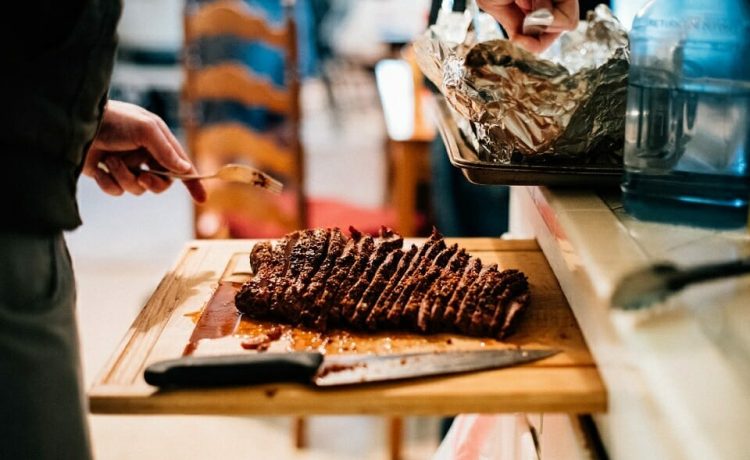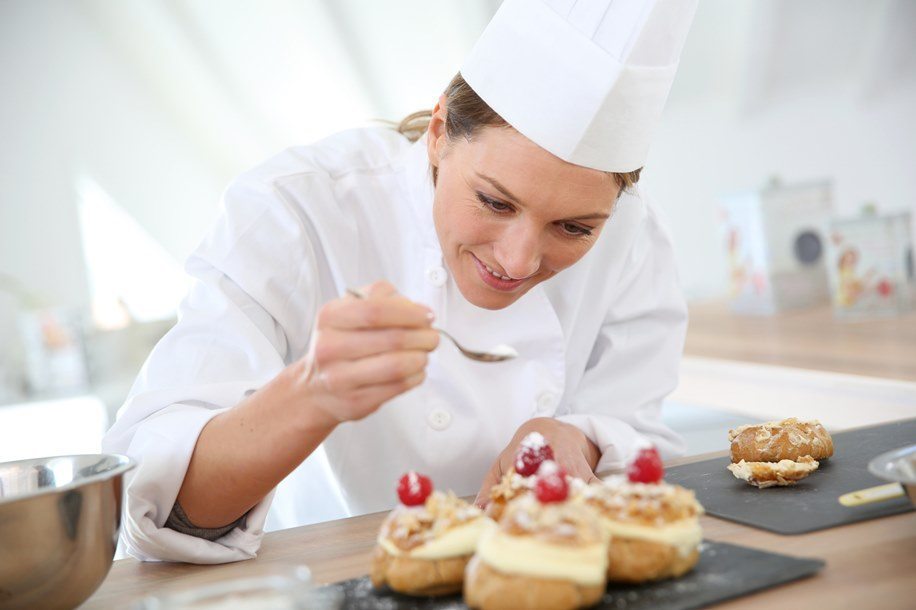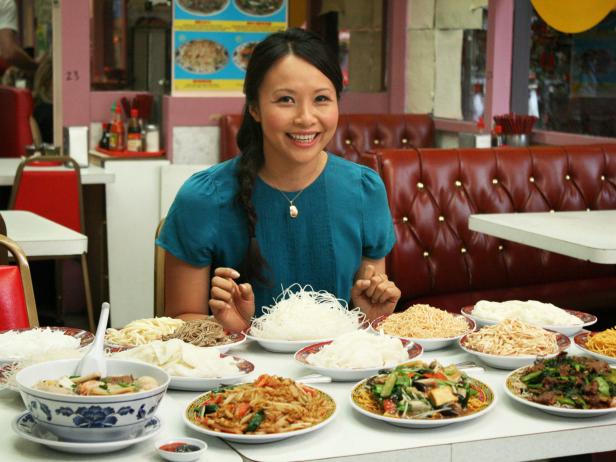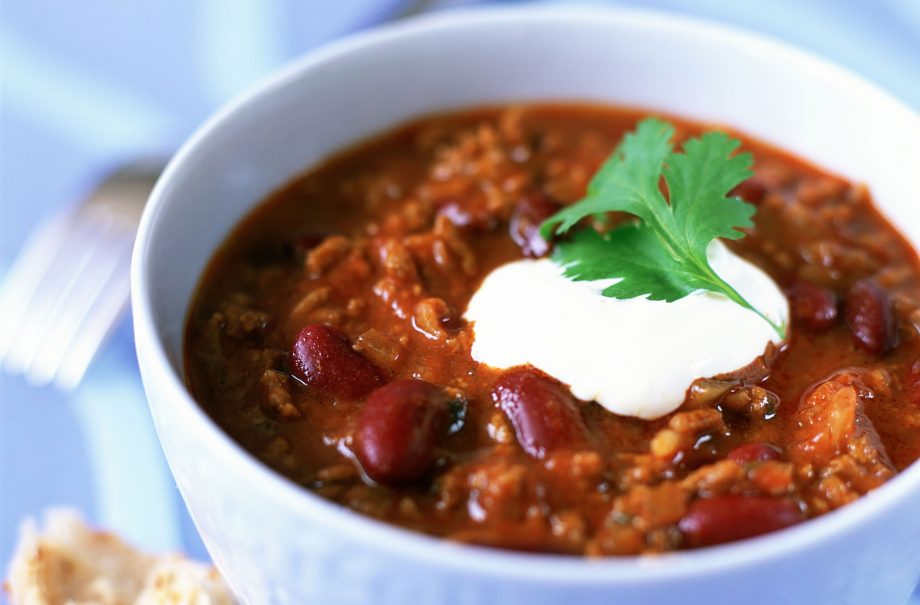With the Covid-19 Pandemic creating many shortages, a lot of people have decided to become self-sufficient. One of the ways people can do this is by hunting venison during the proper season, then freezing them. There are multiple ways you could capture your dinner. You could set up a trap, kill the deer with a bow and arrow, or use a variety of rifles depending on your preference and price range. Using a rifle such as the AR-15 with an upper receiver and caliber designed for taking deer. is a simple way to capture your dinner, but what are some ways you can prepare it?
The way you wish to prepare your venison can vary depending on what tastes you are craving, what kind of time you have available to you, and how many people you will be serving. Let’s look at some of the most helpful tips for cooking venison.
Do not overcook it
A common mistake when cooking venison is to overcook the meat. This can cause the meat to taste gamey or to be tough. Since most Americans are used to cooking with fatty meat, it can seem counterintuitive for them not to cook venison for as long. Since it is lean meat, it does not need the same amount of cooking time as other fatty meats.
The best way to cook the meat is rare or medium-rare, which is about 145 degrees Fahrenheit. Keeping a digital thermometer around will be the most helpful thing in assisting you in reaching the perfect temperature. These can be bought at a reasonable price at a local grocery store or from an online store such as Amazon. Be sure to have the thermometer set to the correct mode of degrees so that you are able to read it properly.
Use dry rubs and marinades
It can seem second nature to use vinegar, wine, or juice-based marinades for your meat. The acidity of these options can break down the flavors of venison and degrade the intensity of flavors. Dry rubs and marinades, on the other hand, help tenderize the venison meat without causing the meat to become mushy. This is an important aspect to keep in mind when preparing your meal.
No matter your choice of seasoning and additional flavors, these can be found at most grocery stores and the like. Once you find one you like and works well for you and your family’s palate, you may struggle to seek new flavors. But always be on the lookout for something new; you never know when you will be on the brink of something amazing.
When searing, oil the meat, not the pan
Searing the meat when you begin cooking helps to lock in the natural flavors. Searing is best done when your oil of choice is put directly on the meat instead of only on the pan. This helps ensure that a seal is created around the meat.
Cook at room temperature
If you begin raising the temperature of the meat very suddenly, it will shock the meat and it will lose some of its flavors. Allowing the meat to come to room temperature first helps the juices settle, helping prepare to lock in the flavor when cooking. You do not have to worry about bacteria being invited into the meat by setting it out. This will not happen in a short period of time as it comes to room temperature. Unwanted bacteria grow when the environment is not temperature controlled or has too much moisture.
Rest it
No matter your chosen method of cooking, be sure to leave between five and ten minutes for the meat to rest. After removing the venison from the source of heat, set it to the side on its own. This will allow the juices to disperse evenly throughout the cut.
Now that you know some tried and true tips for cooking the venison, what method will you use to prepare your freshly caught dinner? How do you know which method will work best with the cut of meat you are using? This can vary depending on your chosen method of cooking, so here are a few suggestions you can use as a quick reference:
- If the cut is steaks and medallions, the best way to cook them is to pan-fry or bbq them. You will want to cook them one minute per side per centimeter of thickness to cook them to rare.
- If you have a stir-fry cut, the best method will be to use a hot pan or wok at high heat for one or two minutes.
- For a roast, sear the meat, then oven roast it 15 minutes per half a pound at 350 degrees Fahrenheit.
- For diced venison, sear the meat, then gently casserole it at a low temperature. One hour at just boiling (212F) should do the trick.
- For drenched racks, sear the meat, then finish cooking in the oven at 350F. 10 minutes per half a pound is the recommended cooking time.
As you can see, there are many different ways to cook your fresh venison. No matter if you caught your deer with a new AR-15 or some other type of rifle, cooking it will give you the same result: a delicious dinner that cannot be beaten.
The recent pandemic has caused us to all want to be able to care for ourselves. Learning to hunt, dress, and cook your own venison will not only provide some delicious winter meals for you and your family, but you will also be able to teach your kids the joy of having what you need when you need it. The teamwork required to make this happen will provide lifelong lessons that will last longer than any pandemic ever could.
You see, cooking venison is not only about the food itself but about the memories and skills, you create with those around you. These are the things that will last forever. We hope these tips and tricks will help you to fix the best venison meal you have ever had.





